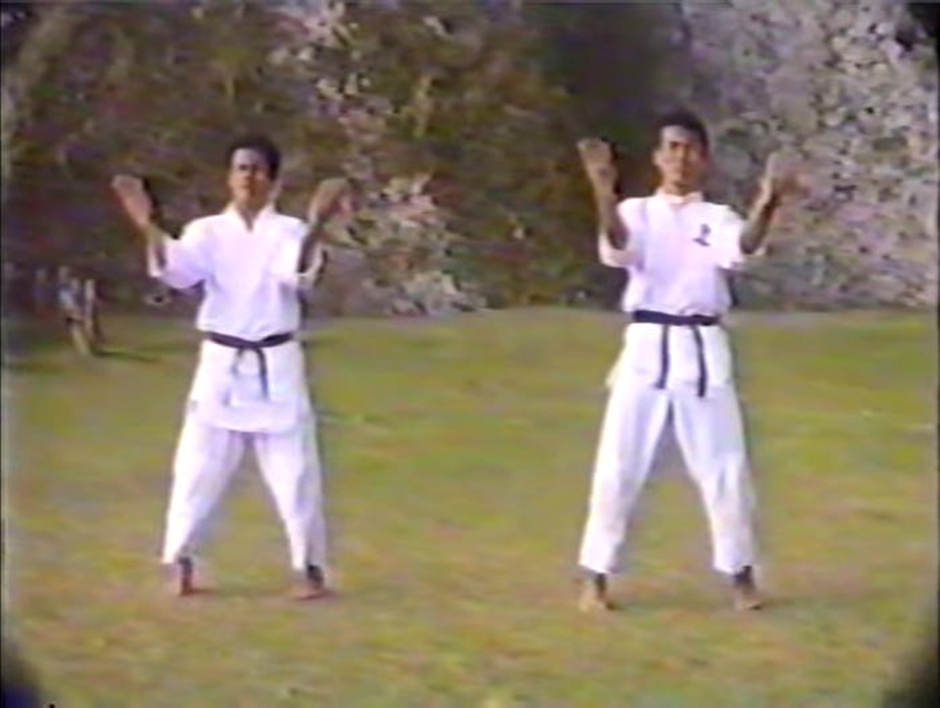Of my original introduction to Karate through Shorin Ryu never included Sanchin, but through my interest in the history of Karate, I always had a hankering to have a look at that kata and Tensho. I learnt Naihanchi as the fundamental kata of my style, but there were three kata named as fundamental to Karate in the first official meeting of Masters in 1936: A nerd blog, the birth of Karate
First came Tensho; when I asked for a Mentor to show me how to use Karate as a form of breathing exercise, Noah Legel offered to help using that kata. I didn't learn the sharp breathing normally used with Tensho, and indeed Sanchin, rather slow, deep in through the nose, out from the mouth breathing to accompany the "draw in" and "push out" elements of the hand movements. This was to help me cope with COPD, and I still use in any kata I have picked up since based on the Goju style. Tensho and Breathing Kata
Then Covid hit, I had been lucky to chat with PJ Broomy before that, due to us both having heart issues. Covid gave us the chance to train together through some formal online lesson, and then develop on a more personal basis. PJ kindly agreed to show me his style of Sanchin (Bukai, not strictly Goju), which I happily took on board. My latest video of this kata is shown below.
Bu Kai Sanchin
I suppose the next development was inevitable, in practising, I merged the two together. Sanchin embusen, final arm positions and punches, with 5 ancestors turns and arm crossings (traps rather than blocks, which resulted in the below hybrid version.
5 Ancestors basics / Sanchin Hybrid
Probably of no practical value other than to keep me practising, but isn't that the same goal for us all? Whether it be for competition, body mechanics, self discipline or health, we all have to have our motivation. Health is mine.
Thank you for reading, and thank you for Ben and Alison (my first Sensei), Noah, PJ and Russel for getting me this far.
REY 09/06/2024



